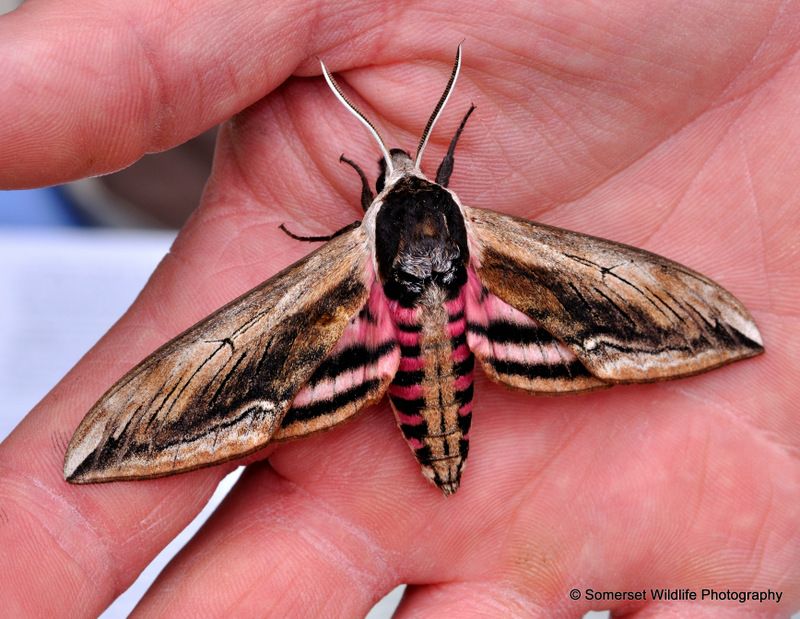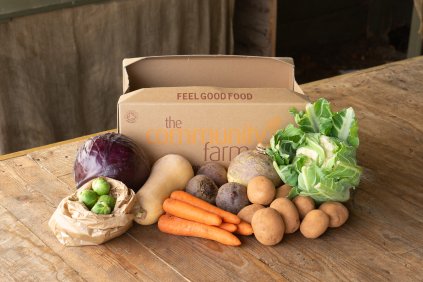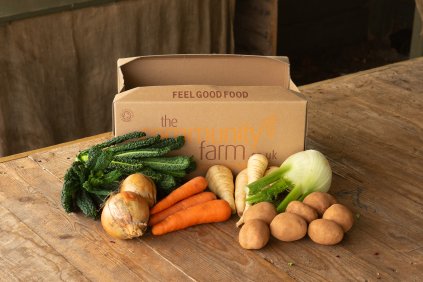Looking after the little things
The Community Farm is a vibrant place at any time of the year but in summer when the crops are flourishing, the polytunnels are bursting with produce, and everyone on the field can feel the warmth of the sun; it feels like the only place to be!
It reminds me that we are not the only creatures trying to make a living off the land. Summer is also a busy time for many animals and bumblebees are some of the busiest! These bees are particularly important to organic growers as they help pollinate crops like apples, peas, beans and tomatoes. On the farm, we have formed a bee group to monitor our bumblebees. This involves walking a set route every month between March and October (when the bees are flying), recording our sightings and passing this on to the Bumblebee Conservation Trust. All bees and pollinating insects need the nectar and pollen from flowers to feed on. So we also have made a start on our plans to plant more wildflowers up the main drive and along some of our field margins. In this way, we hope to support our bees long into the future.Earlier in the year, John Walters, a UK expert on Violet Oil beetles came to tell us more about these fascinating creatures. One had been spotted last year on the farm. They are rare beetles so we are going to try our best to look after them. John told us they are named after their ability to produce a bitter oil-like fluid from their knee joints when disturbed, which deters most predators. They live at the bottom of tussock grass for most of the year but are active in spring and summer. Once the tiny larvae, called triungulins, hatch out they crawl up onto flowers like dandelions and, as they can’t fly, they wait for a bee and hitch a lift on their backs! This is how the beetles move to new areas. So we'll go easy on the strimming and leave lots of tussock grass for them to live in.
We're also finding out about wildlife that can be seen mostly at night. British moths are far from drab – many of them are brightly patterned and as attractive as butterflies. We're on the hunt for Britain's largest resident moth, the Privet Hawkmoth, which is as big as a mouse! It looks like a jet-fighter with a delta wing shape when it's resting. Watch out for it in your own garden, especially if you have a privet hedge. They also favour ash trees and, as we have a number of these trees on the farm, we are hopeful we will see one soon. Join us for a fascinating morning with naturalist and wildlife gardener, Colin Higgins, at 9am on Saturday 24 June. 'Higgy' will harmlessly capture moths overnight and will reveal what we have on the farm on the Saturday morning, before releasing them. You'll be amazed. This event is free (though booking is essential) so please do come along.
Book our moth monitoring morning
- Sarah Pitt Board Member














